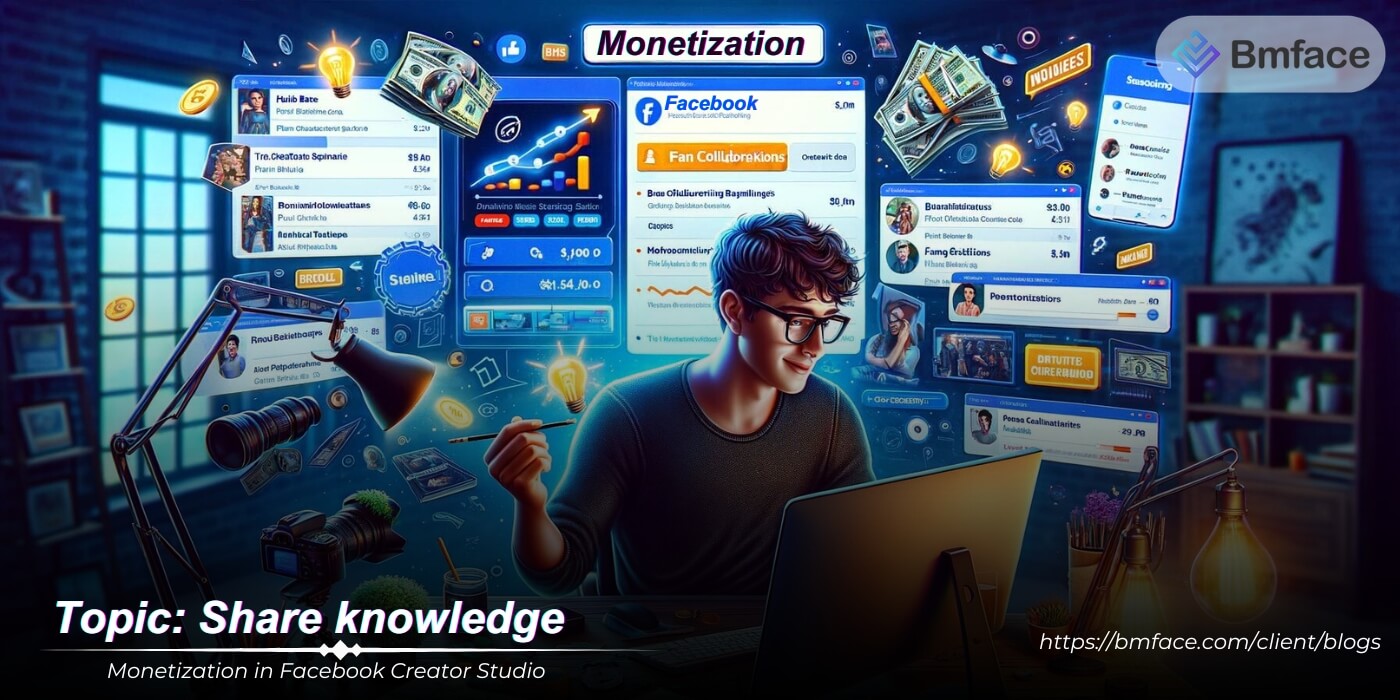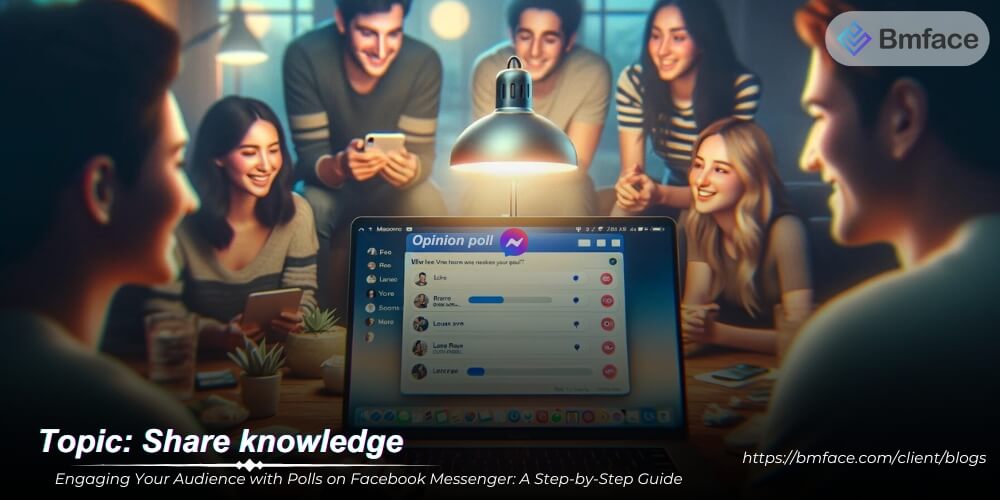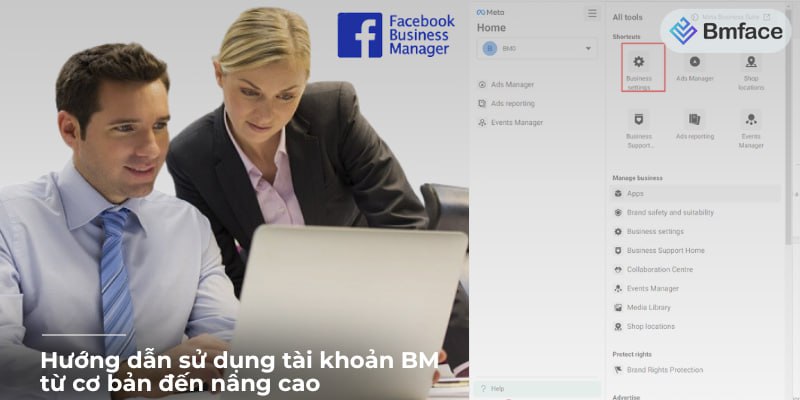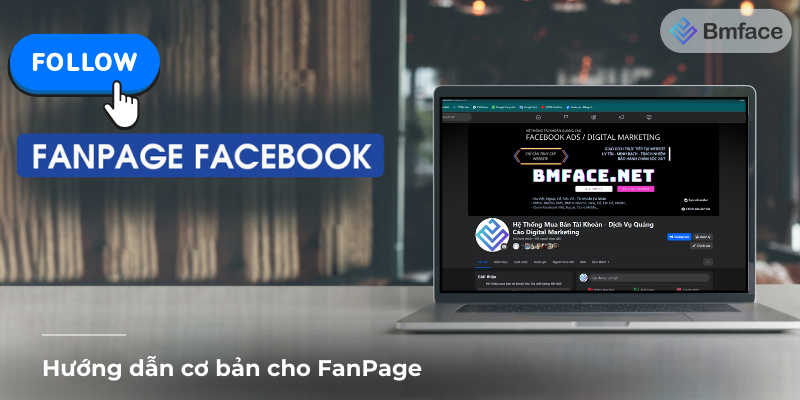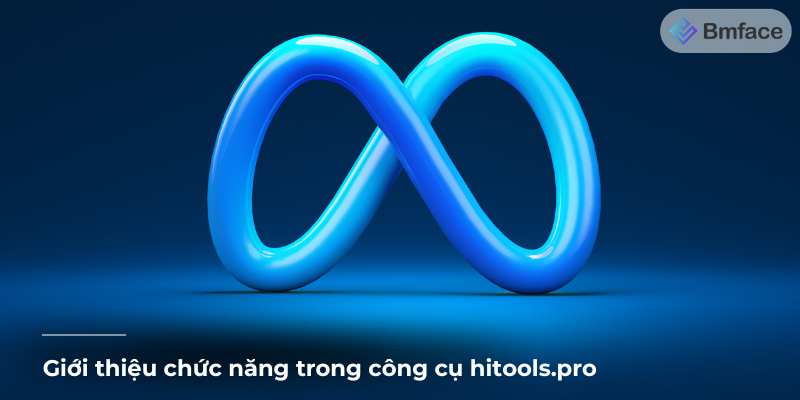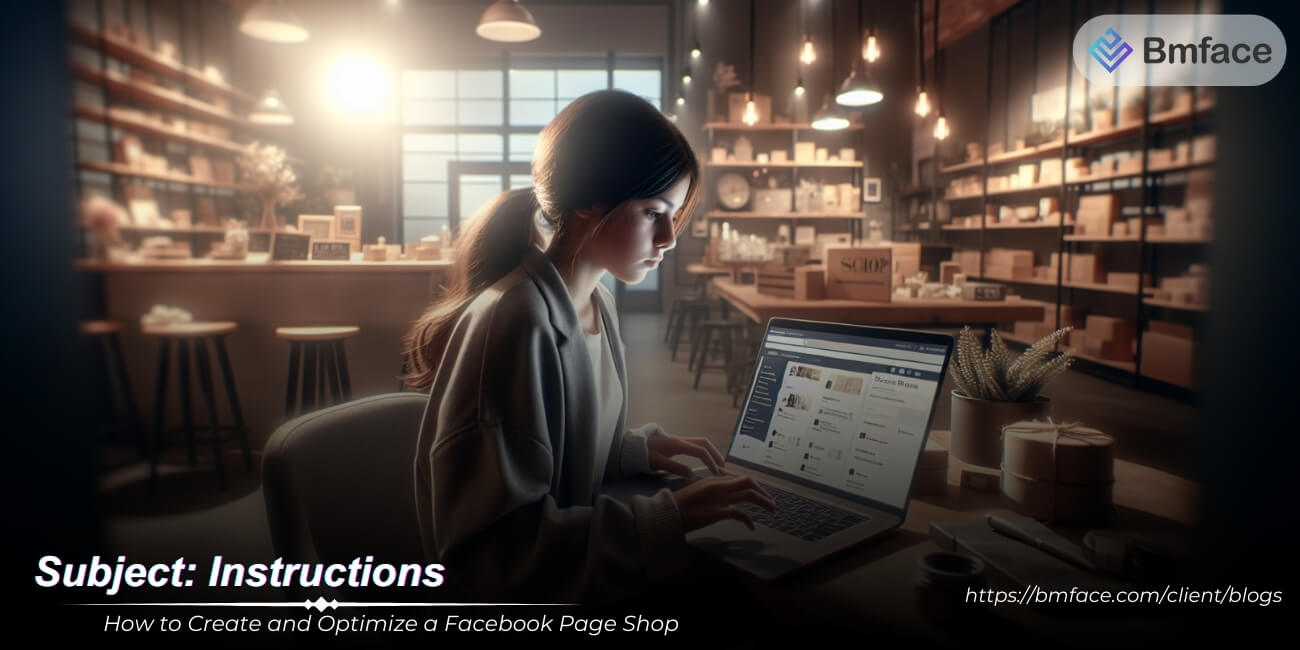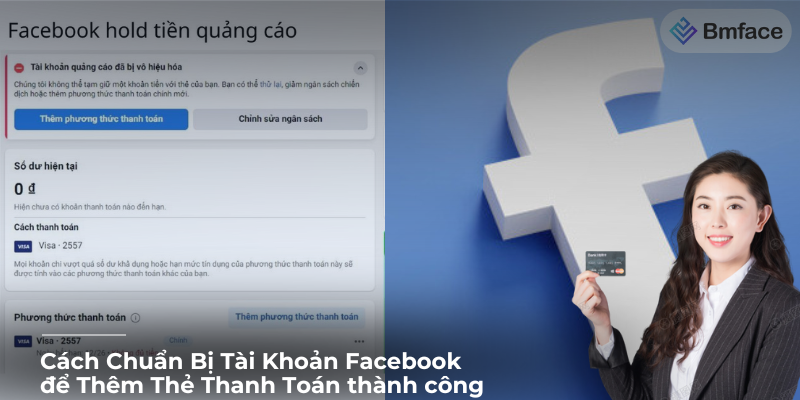Facebook Lookalike Audiences represent a powerful tool in digital marketers' arsenal, leveraging complex algorithms to expand reach and connect with similar users with your existing customer base. BM face guides you through using Lookalike Audiences strategies on Facebook, providing actionable insights to unlock the full potential of lookalike audiences for your campaigns.
Understanding Facebook Lookalike Audiences
Facebook Lookalike Audiences represent a powerful tool in the arsenal of digital marketers, leveraging the platform's vast data capabilities to help advertisers connect with new users who closely resemble their existing customer base. This feature optimizes marketing efforts by ensuring that ads reach individuals with the highest potential for engagement and conversion. Here’s a deeper look into what Lookalike Audiences are and the value they offer:
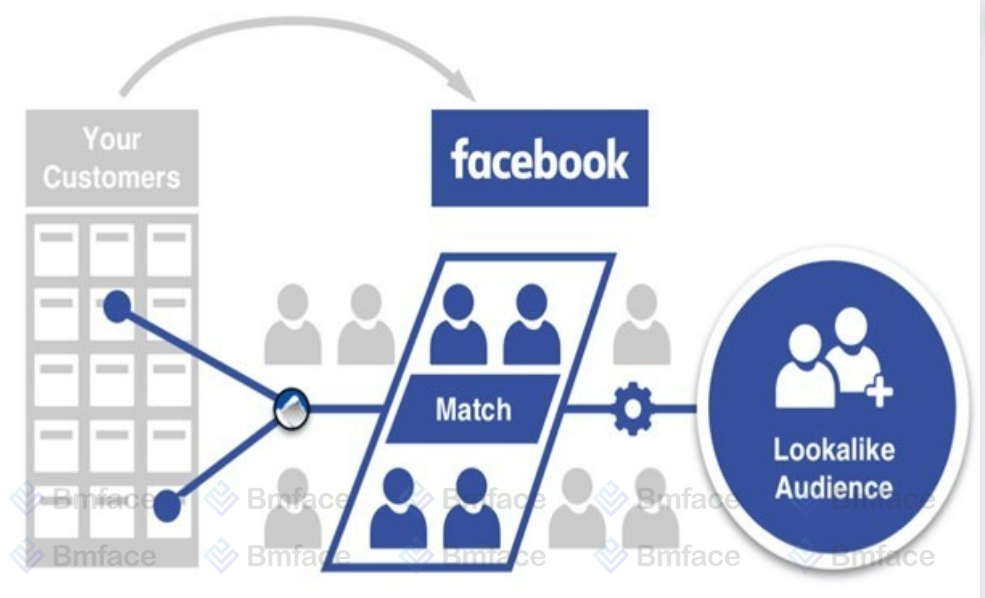
1, What Are Lookalike Audiences?
-
Data-Driven Targeting: Facebook creates Lookalike Audiences by analyzing the characteristics of your existing audiences—whether they're current customers, website visitors, or fans of your page. It then identifies new users on the platform who share similar behaviors, interests, and demographics.
-
Customization and Precision: Advertisers can create Lookalike Audiences based on a variety of source audiences, such as people who have interacted with a specific post, used their app, or subscribed to their newsletter. This allows for precision targeting based on the specific traits of high-value segments of your audience.
2, The Value of Lookalike Audiences
-
Expand Your Reach: Lookalike Audiences enable you to extend your marketing efforts to new users who are likely to be interested in your products or services but might not have discovered your brand yet. This is done without broadening your targeting so much that it loses focus, maintaining the quality of the audience.
-
Improve Campaign Performance: By targeting individuals similar to your best customers, Lookalike Audiences can significantly improve the efficiency of your campaigns. Users in these audiences are more likely to engage with your content, convert, and ultimately provide a higher return on investment (ROI).
3, Best Practices for Using Lookalike Audiences
-
Start with High-Quality Source Data: The effectiveness of a Lookalike Audience depends on the quality of the source audience. Use your most engaged users, recent purchasers, or other high-value segments as the basis for creating Lookalike Audiences.
-
Specify Audience Size: When creating a Lookalike Audience, you can define the size of the audience. A smaller audience size will more closely match your source audience, while a larger size increases reach but with less similarity. Balance reach and relevance according to your campaign goals.
-
Continuously Optimize: Monitor the performance of your campaigns targeting Lookalike Audiences and continuously refine your source audiences and targeting criteria based on campaign results. This iterative process can help improve targeting precision and campaign performance over time.
Facebook Lookalike Audiences offer a sophisticated way to scale your advertising efforts by efficiently reaching new users who are similar to your existing customers. This not only helps in expanding your reach but also ensures that your marketing messages are seen by users with the highest potential for engagement and conversion. By strategically utilizing Lookalike Audiences, advertisers can significantly enhance the performance of their campaigns, achieving better results and a higher ROI.
Creating Your First Lookalike Audience
Creating your first Lookalike Audience on Facebook is a strategic step towards expanding your reach and connecting with new users who are likely to be interested in your products or services. By following a structured approach, you can set up a Lookalike Audience that helps optimize your advertising efforts. Here’s how to get started:

1, Select Your Source Audience
-
Choose High-Quality Sources: The effectiveness of your Lookalike Audience hinges on the quality of your source audience. This could be a list of your existing customers, people who have visited your website, or users who have engaged with your content on Facebook. Prioritize sources that have demonstrated high engagement or conversion rates, as these represent your ideal customer profile.
-
Utilize Facebook Pixel or SDK Data: For website visitors or app users, make sure you have the Facebook Pixel or SDK properly installed to accurately track and measure interactions. This data can provide a rich source for creating your Lookalike Audience.
2, Define Your Audience Size
-
Balance Size and Similarity: When creating a Lookalike Audience, Facebook allows you to choose the size of the audience as a percentage of the total population in your targeted country. A smaller percentage (e.g., 1%) will closely resemble your source audience, offering high similarity but a smaller reach. Conversely, a larger percentage (e.g., 10%) broadens your reach but decreases the level of similarity. Consider your campaign objectives when deciding on the audience size.
-
Test and Iterate: It may take some experimentation to find the optimal balance between size and similarity for your specific goals. Don't hesitate to create multiple Lookalike Audiences with different sizes to test and compare their performance.
3, Set Your Targeting Parameters
-
Geographic Targeting: Specify the countries or regions where you want to find your Lookalike Audience. This should align with your market presence or expansion plans. You can create separate Lookalike Audiences for different geographic regions if your business operates in multiple markets.
-
Demographic and Behavioral Targeting: While Lookalike Audiences are primarily based on the characteristics of your source audience, you can further refine your targeting by applying additional demographic or behavioral filters in your ad sets.
4, Launching Your Campaign
-
Create Compelling Ad Content: With your Lookalike Audience set up, focus on creating ad content that resonates with this new audience. Since they share characteristics with your best customers, consider what messages, visuals, and offers have been most effective in the past.
-
Monitor and Optimize: Once your campaign is live, closely monitor its performance. Use Facebook's analytics tools to assess reach, engagement, conversion rates, and other key metrics. Use these insights to refine your Lookalike Audience, targeting parameters, and ad content for future campaigns.
Creating a Lookalike Audience is a dynamic process that involves careful selection of your source audience, strategic decisions about audience size, and precise targeting to match your marketing objectives. By leveraging the power of Lookalike Audiences, you can significantly enhance the efficiency and effectiveness of your Facebook advertising campaigns, reaching new users who are primed for engagement and conversion.
Best Practices for Using Lookalike Audiences
Using Facebook Lookalike Audiences effectively requires a blend of strategic planning, continuous optimization, and data-driven decision-making. These audiences can significantly extend your marketing reach by identifying new users who share characteristics with your most valuable customers. Here are some best practices to ensure you maximize the potential of Lookalike Audiences in your digital marketing campaigns:

1, Continuously Update Your Source Audiences
-
Keep Your Data Fresh: Regularly refreshing your source audiences ensures that your Lookalike Audiences remain accurate and reflective of your current customer base. This is crucial for maintaining the relevance and effectiveness of your campaigns as your business and customer profiles evolve.
-
Incorporate New Customer Data: As you acquire new customers or learn more about your existing ones, update your source audiences to include this new data. This can help refine your Lookalike Audiences and improve their accuracy over time.
2, Test and Optimize
-
Experiment with Different Sources: Not all source audiences will yield equally valuable Lookalike Audiences. Experiment by creating Lookalike Audiences from various sources, such as different customer segments, website visitors, or engagement levels, to see which provides the best results for your specific objectives.
-
Optimize for Your Marketing Funnel: Tailor Lookalike Audiences to different stages of your marketing funnel. For example, create a Lookalike Audience based on your top spenders for campaigns aimed at driving conversions and another based on website visitors for top-of-funnel awareness campaigns.
3, Monitor and Analyze Performance
-
Track Campaign Metrics: Utilize Facebook’s analytics tools to closely monitor the performance of your campaigns that target Lookalike Audiences. Key metrics to watch include reach, engagement, conversion rate, and ROI.
-
Adjust Based on Insights: Analyze the data collected from your campaigns to understand what’s working and what isn’t. Use these insights to refine your Lookalike Audiences, targeting parameters, and campaign messaging for future efforts.
Conclusion
Facebook Lookalike Audiences are a potent tool for digital marketers looking to expand their reach and connect with new users who are likely to be interested in their products or services. By carefully selecting and continually updating your source audiences, experimenting with different Lookalike Audiences, and closely monitoring campaign performance, you can effectively use this feature to boost your digital marketing efforts. Success with Lookalike Audiences comes from a commitment to ongoing testing, learning, and adaptation, ensuring that your strategies stay aligned with evolving market trends and consumer behaviors.
Don't forget to follow Bmface and tutorial blog to update more interesting content!
Cảm ơn bạn đã theo dõi bài viết. Mua hàng tại Bmface.com để ủng hộ đội ngũ Admin viết thêm nhiều bài viết hay. Xin cảm ơn!




